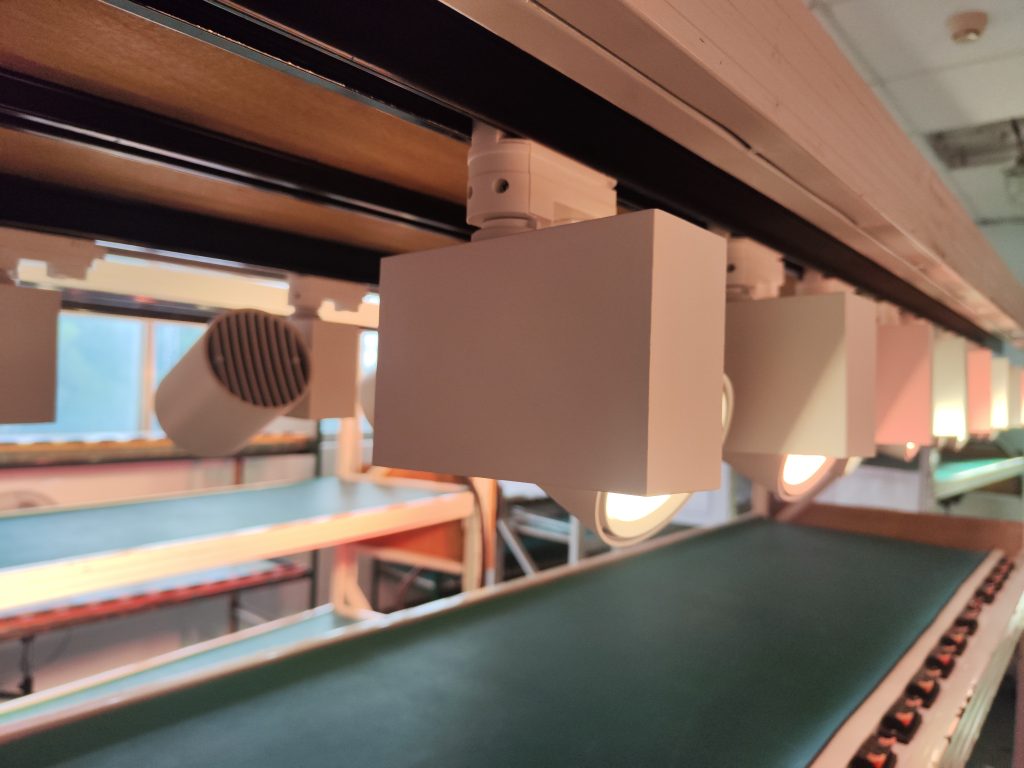Smart Twilight Atmosphere Lighting Set at Home
By Powerstar

Creating a twilight atmosphere through lighting involves capturing the soft, muted tones of the evening sky. Here are some tips to achieve a twilight atmosphere with lighting:
Dim and Warm Lighting:
- Use soft, warm-toned lighting to mimic the natural warmth of twilight. Consider using warm white or amber-colored bulbs with lower intensity.
- Some smart bulbs offer dynamic effects, such as gradual color changes or simulations of natural light patterns. Experiment with these features to create a dynamic and engaging twilight atmosphere.
Gradual Dimming:
Start with brighter lights and gradually dim them to simulate the fading light of twilight. This can be achieved using dimmer switches or smart lighting systems.
By leveraging the capabilities of smart lighting, you can easily customize the color temperature of your lights to achieve the desired twilight atmosphere and adapt the lighting to different scenarios throughout the day.
Integrate your smart lighting system with other smart home devices. For instance, you can create automation scenarios where the lighting adjusts based on sensors, such as motion sensors or the time of day.
Smart Lighting Systems:

- Consider using smart lighting systems that allow you to program the color temperature and intensity of your lights, providing flexibility in adjusting the atmosphere to match the different phases of twilight.
Incorporate natural elements like potted plants or hanging vines with integrated lighting. This not only adds to the twilight atmosphere but also brings a touch of nature indoors.
Use a Smart Lighting App:
Download and install the accompanying Tuya smart lighting app on your smartphone or tablet. This app will serve as the control center for your smart track light. Utilize scheduling features in the smart lighting app to automate changes in color temperature throughout the day. For example, you can program the lights to gradually shift from a bright, cool white in the morning to a warm, relaxing glow in the evening, mimicking the natural progression of daylight.


